Market Trends
Introduction
Snack Food Packaging Market: By 2023, the following macroeconomic factors will have a significant influence on the current trend. Technological innovations in packaging materials and processes have enabled more sustainable and efficient solutions. The increasing regulatory requirements are influencing the design and material of packaging, especially in terms of reducing the impact on the environment and increasing the recyclability of the material. In addition, the changing preferences of consumers, especially in terms of health and convenience, have forced manufacturers to rethink their packaging strategies. These trends are strategically important for the players, because they not only reflect the changing market, but also provide opportunities for differentiation and competitive advantage in a rapidly changing environment.
Top Trends
-
Sustainable Packaging Solutions
A demand for a sustainable packaging is rising, with 72% of consumers preferring eco-friendly options. Governments are increasingly imposing more stringent rules on the use of plastic. Companies such as Amcor are investing in biodegradable materials. Brands are responding to this shift by innovating, resulting in a rise in the use of compostable and recyclate packaging. The impact on the bottom line is higher R&D costs but a potential long-term savings from lower waste management fees. The future will see the use of more plant-based materials. -
Smart Packaging Technology
The smart packaging, with its QR-codes and NFC technology, is growing in popularity. Sixty per cent of consumers are interested in smart packaging. Tetra Pak is one of the companies integrating these new communication tools into their products. This trend is reshaping the marketing strategies and the transparency of the supply chain. There is also a need for advanced printing technology and data management. Future developments may include more individualized experiences and more efficient inventory management. -
Minimalist Design Trends
Minimalist package design is gaining in popularity, with 55% of consumers preferring clarity and simplicity in the labeling of products. Brands are looking to enhance shelf appeal by focusing on clean aesthetics. This trend reduces the use of materials and costs of production, while also appealing to consumers with an awareness of the environment. Production is simplified, with less waste. To build trust, transparency in packaging may become the next trend. -
Resilient Supply Chain Strategies
The avian influenza has put the need for reliable supply chains in the spotlight, and companies have responded by diversifying their suppliers and boosting local sourcing. For example, Berry has increased its domestic production capacity. This trend is vital for reducing the risks associated with global disruptions. Higher initial costs are involved, but the benefits are greater reliability and responsiveness. Future developments may see greater collaboration across the supply chain to increase responsiveness. -
Health-Conscious Packaging Innovations
A majority of consumers (70 per cent) now place health above all else. The nutritional content of foods is increasingly featured on labels. Companies like Huhtamaki are developing packaging that focuses on portion size and freshness. These trends have an impact on product development and marketing strategies, as brands seek to align themselves with these health trends. Product reformulation may be necessary to meet the claims made on packaging. The trend towards transparency in labelling and the focus on health may continue to have an effect in the future. -
E-commerce Driven Packaging Solutions
The growth of e-commerce is driving the demand for safe and reliable packaging for the transport of goods. Companies like Sealed Air are developing protective packaging that is specifically designed for e-commerce. This trend is changing logistics and supply-chain strategies, as brands seek to balance cost and protection. It is also affecting operations, as companies invest in new packaging machinery and materials. In the future, a trend towards more bespoke and branded packaging may be seen, to enhance the unboxing experience. -
Regulatory Compliance and Safety Standards
Increasing regulatory scrutiny of food safety is driving companies to adopt more rigorous compliance procedures. For example, the FDA has issued new guidelines on the use of materials for food packaging, and companies are re-evaluating their choices. This trend is affecting operational processes and driving up the cost of quality control and testing. The operational impact includes potential delays in launching new products due to regulatory compliance testing. In the long run, regulatory standards may become more uniform. -
Innovative Barrier Technologies
Barrier developments extend the shelf-life of snack foods. Constantia Flexibles is at the forefront of this development. Barrier films reduce the risk of spoilage, preserve freshness and appeal to health-conscious consumers. This trend is of great importance for reducing food waste and improving product quality. The impact on the business includes the need for special manufacturing processes. Future developments may include multi-layered materials that offer enhanced protection. -
Personalized Packaging Experiences
Personalization of the package is becoming a key differentiator. Some fifty per cent of consumers are interested in acquiring products with a bespoke label. Brands are therefore deploying big data to create tailor-made packaging solutions, as we have seen in the case of Mondi’s recent initiatives. This trend is enhancing consumer engagement and loyalty, and is affecting marketing strategies. The operational impact is to make production lines more flexible to cope with individualization. The next stage in the evolution of packaging design is likely to be the increased use of artificial intelligence. -
Increased Focus on Transparency
With regard to the ingredients and the origins of products, consumers want more transparency, with 65% demanding clarity in labeling. Brands are responding to this demand by adopting transparent packaging, as Crown Holdings is doing. This trend is transforming trust in consumers and brand loyalty. It has an impact on the supply chain and the labeling process. Brands are also embracing the use of blockchain technology for traceability.
Conclusion: Navigating the Snack Packaging Landscape
The snack-packaging market in 2023 is characterized by a high degree of competition and a significant degree of fragmentation. The competition is between established and new players. The development of regional trends shows an increasing preference for sustainable packaging solutions, which requires suppliers to be more flexible and to adapt their products. The established players are utilizing their established brand equity and are investing in automation and artificial intelligence to increase efficiency and reduce costs. The new players are focusing on delivering flexible and sustainable solutions to attract the attention of consumers who are concerned about the environment. As the market develops, the ability to compete in artificial intelligence, automation, and sustainable and flexible solutions will be decisive for leadership. Suppliers are therefore strategically aligning their operations and product development to meet the changing demands of the market.

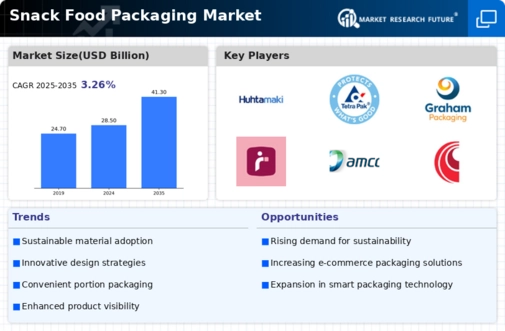

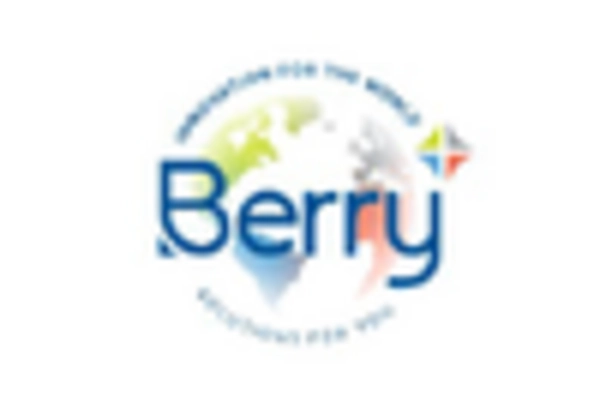

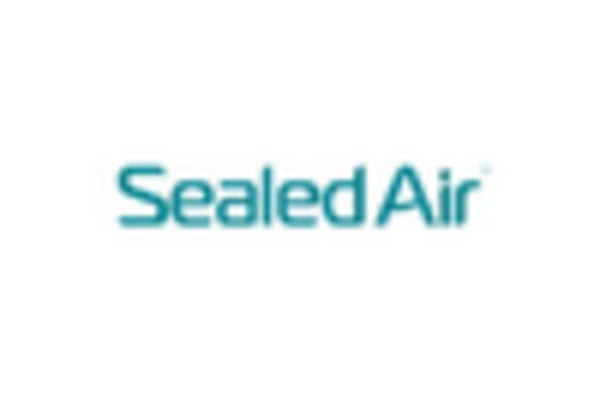
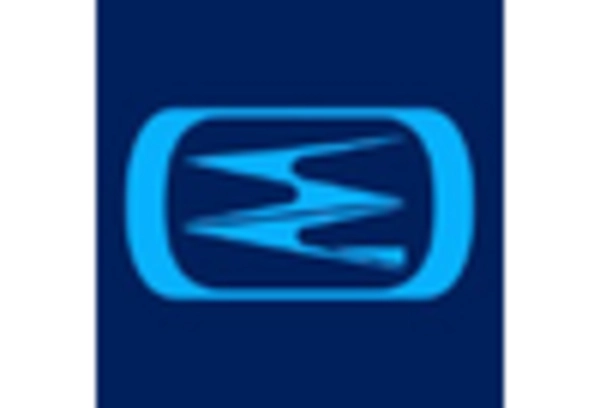
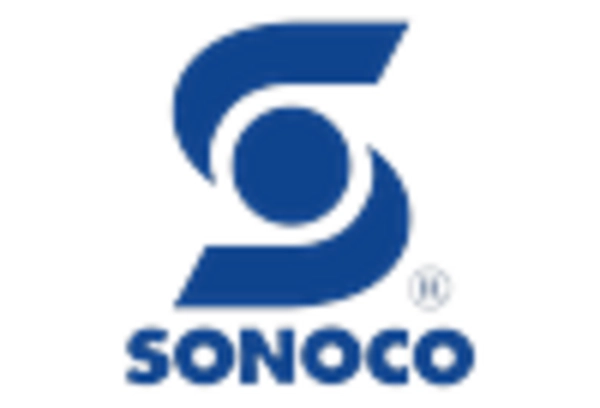









Leave a Comment